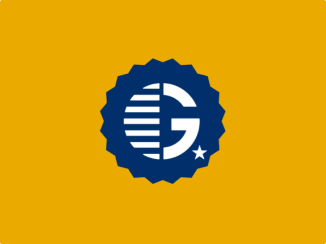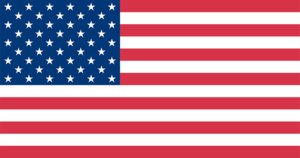#goals

- 03-Oct-2016
The Two Sides to a Sunday
I would argue that Sunday is the most conflicting day of the week. It’s the last day of freedom beforeRead More ⇾

- 13-May-2016
Morocco and Mezzogiorno
My study abroad experience in Morocco has made me more confident than ever that I want to pursue a profession inRead More ⇾



